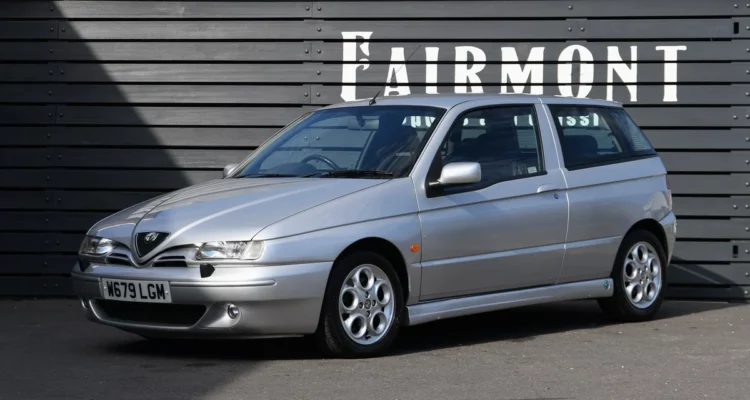Volvo 240 – The Time is Now
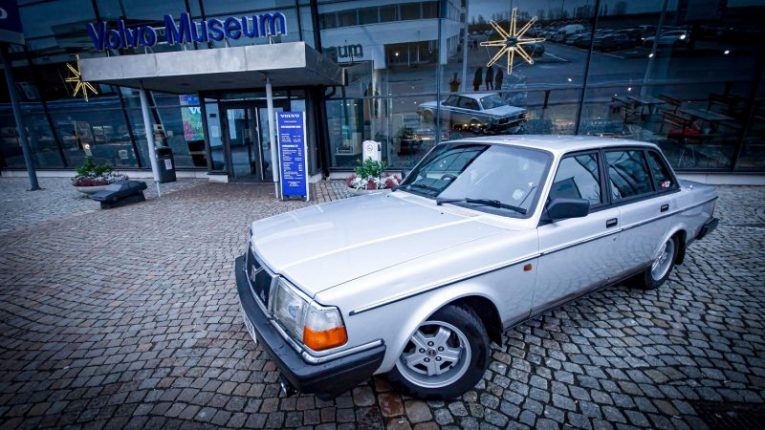
Unfairly mocked for its boxiness and derided as being the vehicle of choice for the elderly the Volvo 240 nevertheless is a tough, safe and practical classic and coupled with its huge potential for hooning remains a tempting prospect for the discerning classic car enthusiast, whatever their predilection. With so many examples still out there on the road, the world is your proverbial Swedish oyster.
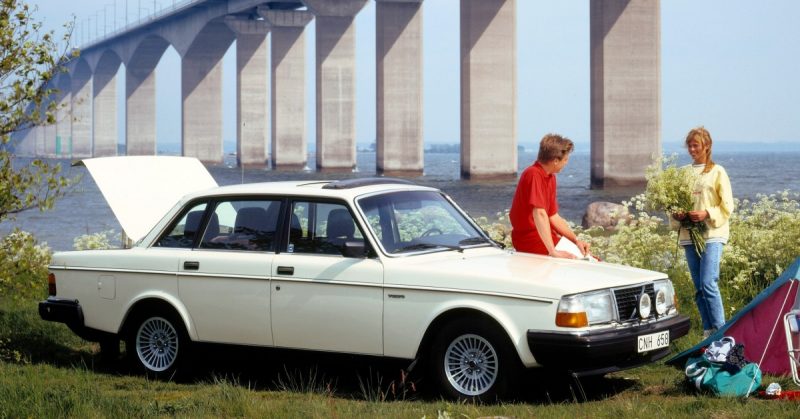
Legendarily reliable thanks to a deservedly revered build quality and that equally dependable red block motor under the bonnet these cars, although somewhat dated in the looks department, will be around long after the apocalypse. Whilst not being the most enthralling to drive they do have a certain charm and with a few simple upgrades they can be transformed into a much more engaging conveyance.
Initially designed as a safe, functional, load-lugging family workhorse the Volvo 240 is now a bit of an icon. They are incredibly easy to work on, modify and maintain and they are blessed with superb parts availability along with excellent after market and club support. There are numerous engine and trim options to choose from in either saloon or estate guises and with drive coming from the rear, coupled with easily modified engines and suspension, these old land yachts (especially in turbo form) have become popular drift missiles for the sideways set – a true car for the everyman.
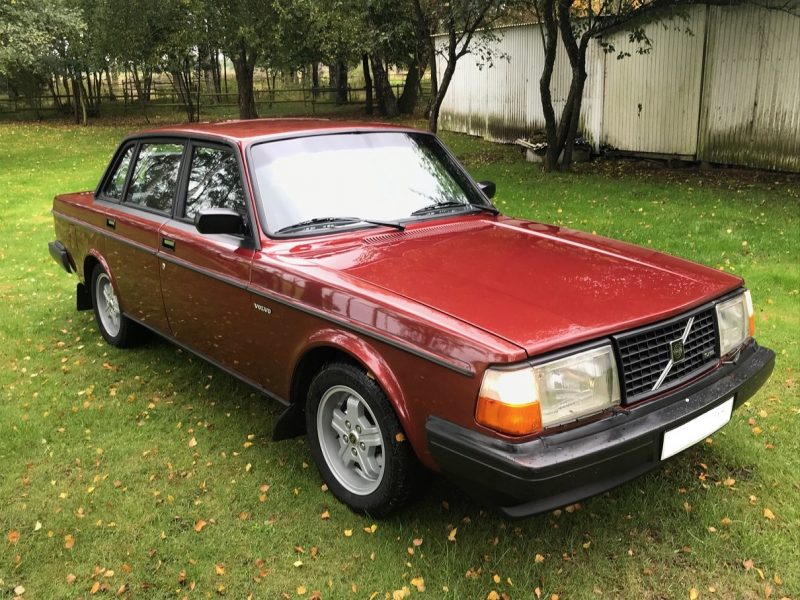
An introduction to the Volvo 240
Debuting in 1974 and remaining in production until 1993 the 240 is one of Volvo’s most successful models, shifting millions of units over the course of its manufacturing run. It was developed from the earlier Volvo 140, even sharing the same body shell, but featured updated MacPherson strut front suspension along with improved braking and steering components as well as some exterior re-styling. The old pushrod engines were also abandoned in favour of more powerful overhead cam motors. Front-engined and rear-wheel-drive in all incarnations the 240 was available with three versions of Volvo’s esteemed four-cylinder red block; the 2.0-litre B20 (a hangover from the 140), the 2.1-litre B21 and the later B23, which, as I’m sure you’ve guessed, came with 2.3-litres of displacement. A V6 power plant was developed by Volvo in partnership with Peugeot and Renault but was only offered in the 260.
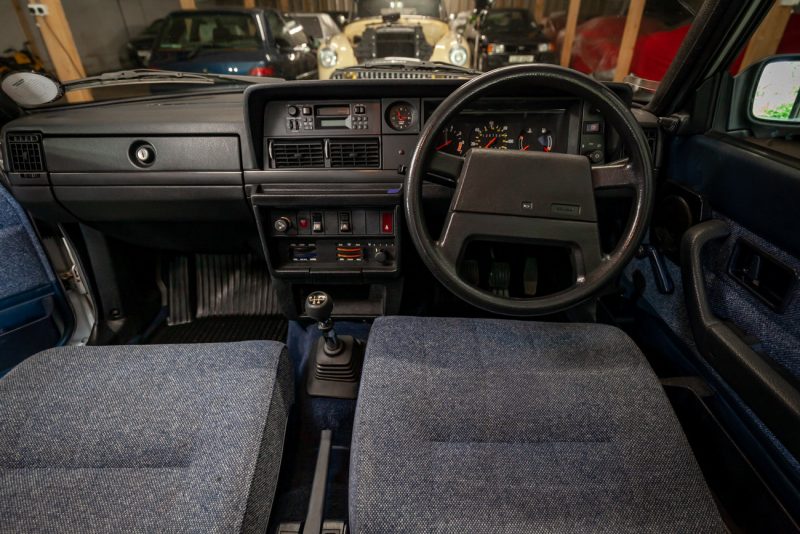
Various derivatives were available, identified by differing combinations of letters adorning boot lids, from the base DL to the top-spec GLE, with the GLT being the performance option in the range developing 133BHP. All of these various models encapsulated minor interior and exterior changes and updates throughout the years which helped keep the 240 fresh, most notable of which was the introduction of self-levelling rear suspension on the GLE and GLT estate cars in 1989.
Despite its somewhat languid image Volvo heroically attempted to renounce this reputation in the mid-eighties by rising to motorsport prominence with a turbo-charged 240, nicknamed The Flying Brick, that ended up winning the European Touring Car championship in 1985. Additionally, in 1981, the forced induction 240 GLT held the enviable, and downright unbelievable title of world’s fastest estate car with a sub-nine second 0-60 time. It is this legacy that lives on in modified 240s the world over and impressive performance figures can be achieved relatively easily, usually when applying copious amounts of turbo boost pressure.
What should you look out for?
These old Volvos are renowned for their reliability so mechanical issues are not going to be your biggest concern. Having said that there are still a few things to check when it comes to the oily bits. Engine oil leaks can be an issue due to excess positive crankcase pressure caused by blocked flame traps – an easy fix but oil seals could have already been affected and need replacing. All but the US-spec B230 engines are non-interference, lessening the impact of a snapped timing belt but they should still be changed regularly and along with the head gasket it’s a relatively simple task in the grand scheme of things.
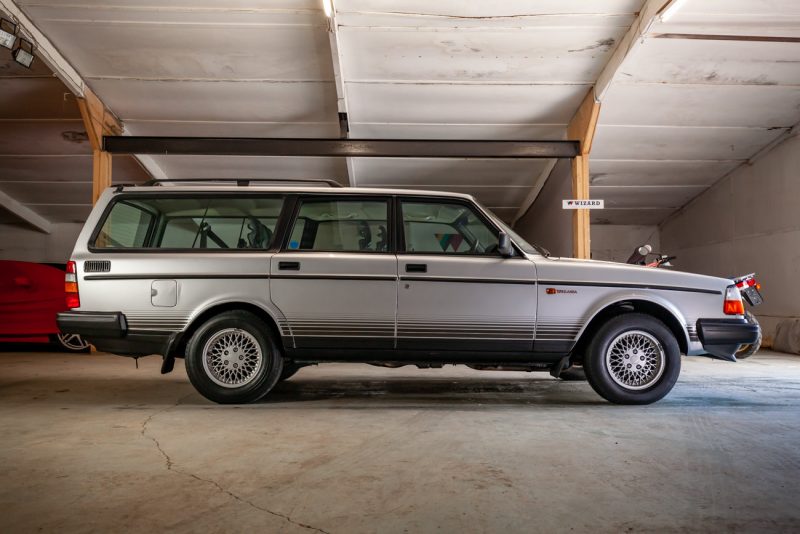
Check the steering and suspension for any knocks and inspect all bushes for signs of wear. Suspension can sag and make the car even more wallowy, especially if the car has spent its life towing caravans but this is easily remedied, and many people opt for upgraded suspension components or swap to full coilover packages which are readily available from various aftermarket manufacturers.
Due to age and neglect rust is the number one issue you’re going to encounter with the 240. Post 1988 cars benefit from galvanised chassis from the factory, but door bottoms and wheel arches can be susceptible to rot, as can the areas around the windscreen and headlights so check here for any bubbling paint.
What are prices like?
It wasn’t too long ago when you could pick up a decent 240 for less than a grand but in recent years prices have begun to rise thanks to increased interest. Estate versions demand a premium and a low mileage example (in 240 terms that’s subjectively anywhere between 125,000-150,000) in good condition will likely set you back between £3000 and £6000 in today’s market. Prices for pristine, top spec versions such as the rarer Torslander edition can easily bump this estimate up.
People have realised that the Volvo 240 is a bona fide classic now and they are snapping them up, especially the higher-spec models. Prices will continue to rise but there are still plenty of cars out there for those on a tighter budget, you may just have to be a little more patient.
Why should I buy one?
Because they have tipped the scale from being boring to in vogue, especially in modified form. No longer do kids snigger at the boxy grandad car wafting to the shops, instead they stare wide-eyed in awe at the slammed, retro barge doing skids and making turbo waste-gate noises. It has become one of those few archetypal cars, sitting alongside the likes of the VW Beetle and the Mini. When someone says Volvo, the 240 is most people’s go-to image – it’s the car that children draw when first putting pen to paper.
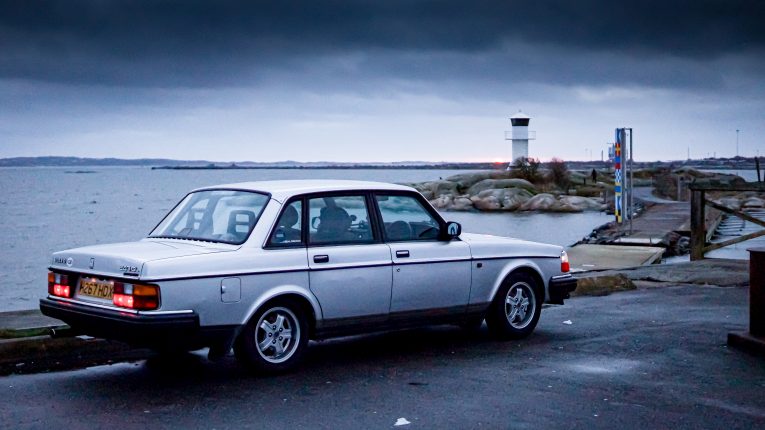
Options are plentiful and there’s no doubt you will be able to find one to your liking. Keep it stock if you prefer that soft, comfortable, laid back vibe or choose from a plethora of aftermarket performance parts and modify it to your heart’s content. Whatever you choose to do, the 240 is a useable, practical classic, especially in estate form and you’ll be making endless trips to the tip and helping friends move to a new house in no time.
Buying one won’t break the bank either and although prices are rising they still represent good value for money and they are built to last. Perhaps not the greatest of driving experiences in stock form but speak to one of the thousands of ardent 240 fans and they will extol its virtues gladly. Look after it and chances are, you’ll have a car for life.

